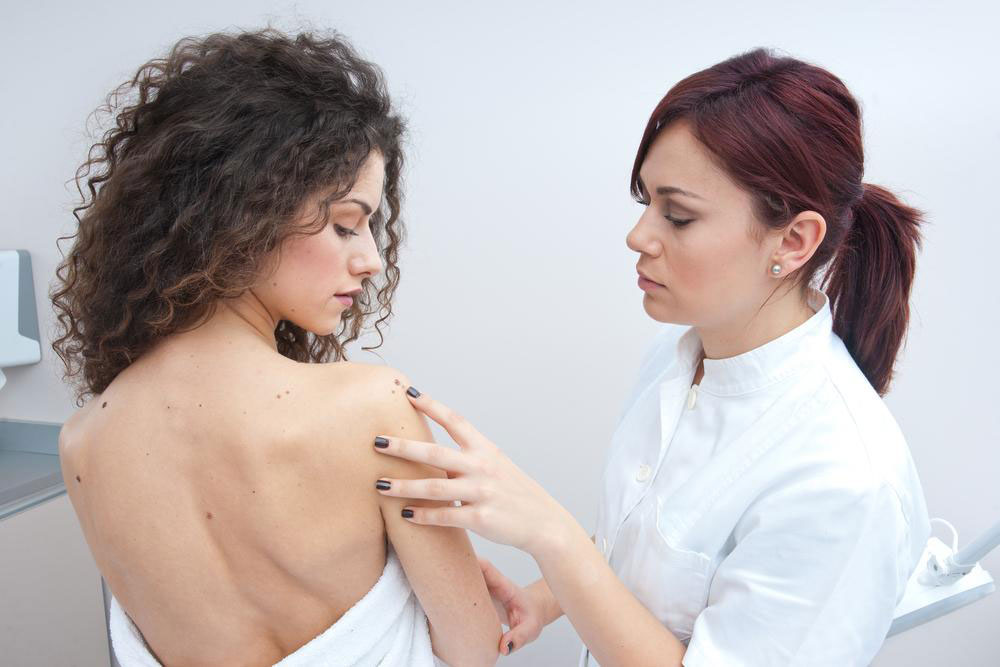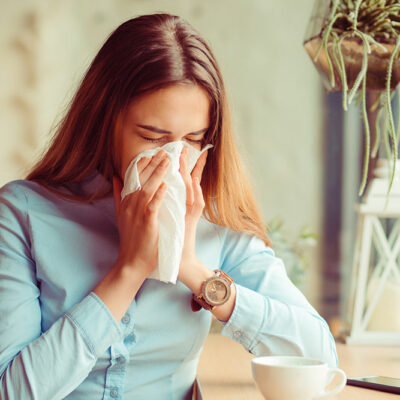
An overview of melanoma
Melanoma is a type of skin cancer. It affects the melanocytes, the cells in the skin that produce melanin, the pigment that gives color to the skin. Melanoma occurs when the melanocytes mutate, grow, and spread rapidly, pushing out the healthy cells in the skin. It is not as common as the other types of skin cancers like basal cell carcinoma and squamous cell carcinoma, but it is a more serious disease as it tends to metastasize.
Science and technology have improved the diagnosis and treatment options for the disease, but the Center for Diseases Control (CDC) has still quoted that the number of cases has doubled over the last 30 years. Also, it is spreading faster than any other form of cancer. Cases of melanoma are seen to be rising alarmingly in people aged between 15 and 29 years. As in most cases of cancer, early detection is the key to getting cured and surviving over a substantial period of time.
Melanoma on the other parts of the body
Though melanoma is considered a skin cancer (cutaneous melanoma), although rarely, it can also affect the other parts of the body:
- Acral or acral lentiginous melanoma forms on the palms and soles or under the fingernails or toenails. It is the most common type of melanoma among people whose skin is dark.
- Uveal or ocular melanoma occurs in the specific parts of the eye: the iris, choroid (a layer of blood vessels and connective tissue between the retina and the white of the eye), and the ciliary body (a structure around the iris, the colored part of the eye).
- Mucosal melanoma affects the mucous membranes in the sinuses, nasal cavity, mouth, intestines, colon, rectum, anus, and vagina. This occurs in about 1% of all melanoma cases.
The most common areas that melanoma affects are the chests and backs for men and the legs for women. The less common areas are the face and neck.
Types
Different characteristics of the condition have prompted medical science to divide melanoma on the skin into four types:
- Superficial spreading melanoma is the most common type that affects the arms, legs, chest, and back. It initially grows slowly and then spreads across the skin.
- Nodular melanoma is also common, tending to grow more rapidly than the other types. The color of nodular melanoma changes as it grows, becoming red rather than black.
- Lentigo maligna melanoma is less common and tends to affect older people more. It grows slowly and is not as dangerous as the other types.
- Acral lentiginous melanoma is the rarest type and does not look like the other types and is essentially clear and colorless. It affects people with black or brown skin and has been connected to sun exposure.
Regardless of which type, it is important to consult a doctor and follow a proper diagnosis and treatment procedure for the condition at the earliest.


